The real-life outlaws behind Red Dead Redemption 2 that make Dutch van der Linde look like a good guy
Fighting the law is central in Red Dead Redemption 2, so to get your imagination going here are nine outlaws who could have inspired the notorious Dutch van der Linde gang
Mr Morgan might be a wanted man, but I can tell you one thing for sure: back in the 1890s, he certainly wasn’t the only one. Now we know Red Dead Redemption 2 is set in 1899 back when the West was its wildest, with outlaws roaming the dusty roads and guns being about as common as the cowboy hats everyone’s wearing in the trailer. But let’s not forget that all this has roots in real history - so here are 10 outlaws that Morgan would have faced up against if he played his cards right (or wrong, depending on your opinion of flying bullets and mortality).
Read more: Red Dead Redemption 2 trailer breakdown - every revealing detail you might've missed
Hole-in-the-Wall Gang
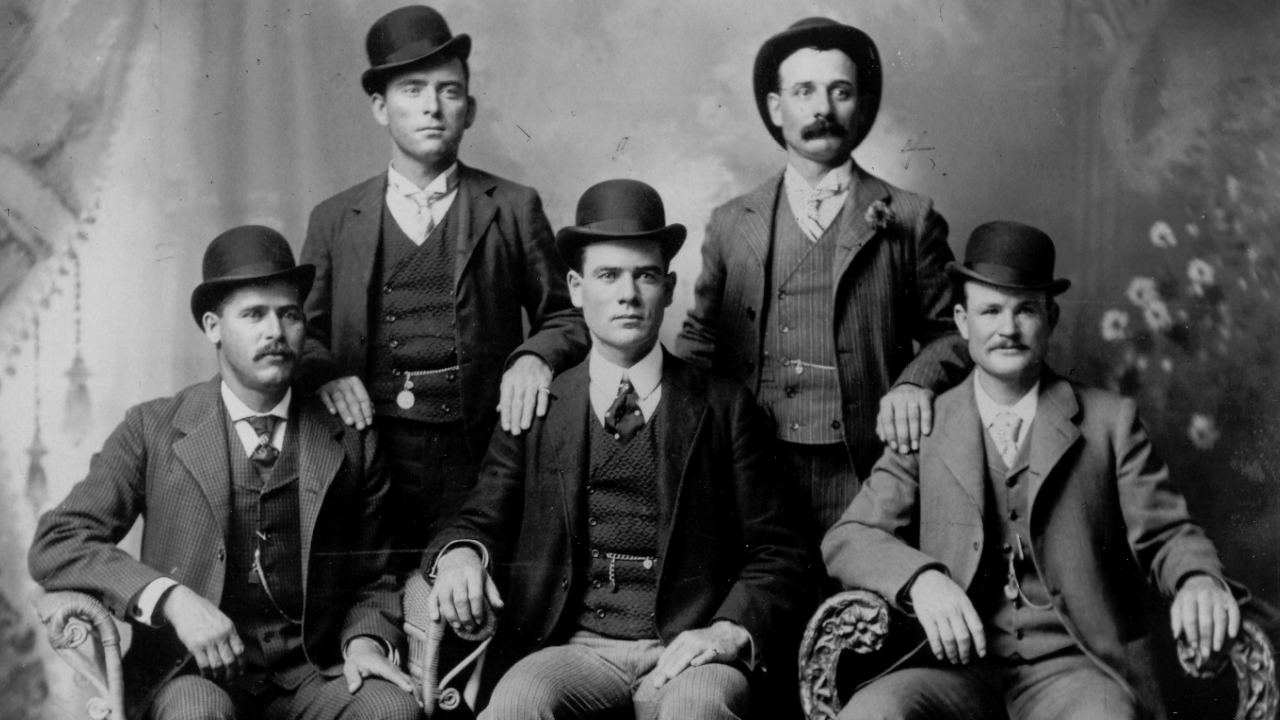
Let’s start with the place you’d have wanted to avoid if you were a lawman, or if you just generally had a desire to live to a respectable old age. The Hole-in-the-Wall Gang wasn’t exactly a band of people marauding around together: think of it like a tactical coalition for outlaws. Multiple separate gangs from about 1880 to 1890s would operate out of the Hole-in-the-Wall pass, a hideout they’d retreat to when they needed to lay low or wait out the harsh winter.
Somehow they all got along rather peacefully. Not exactly what you’d expect when you gather multiple violent criminals in one place. There were even rules - don’t steal from another gang’s ill-gotten gains, and stick to the surprisingly ordered manner of resolving disputes between members. If the Dutch van der Linde gang had been real, it’s almost certain they’d have taken advantage of this little spot - god knows if they’d have been able to stick to its rules, though.
Butch Cassidy
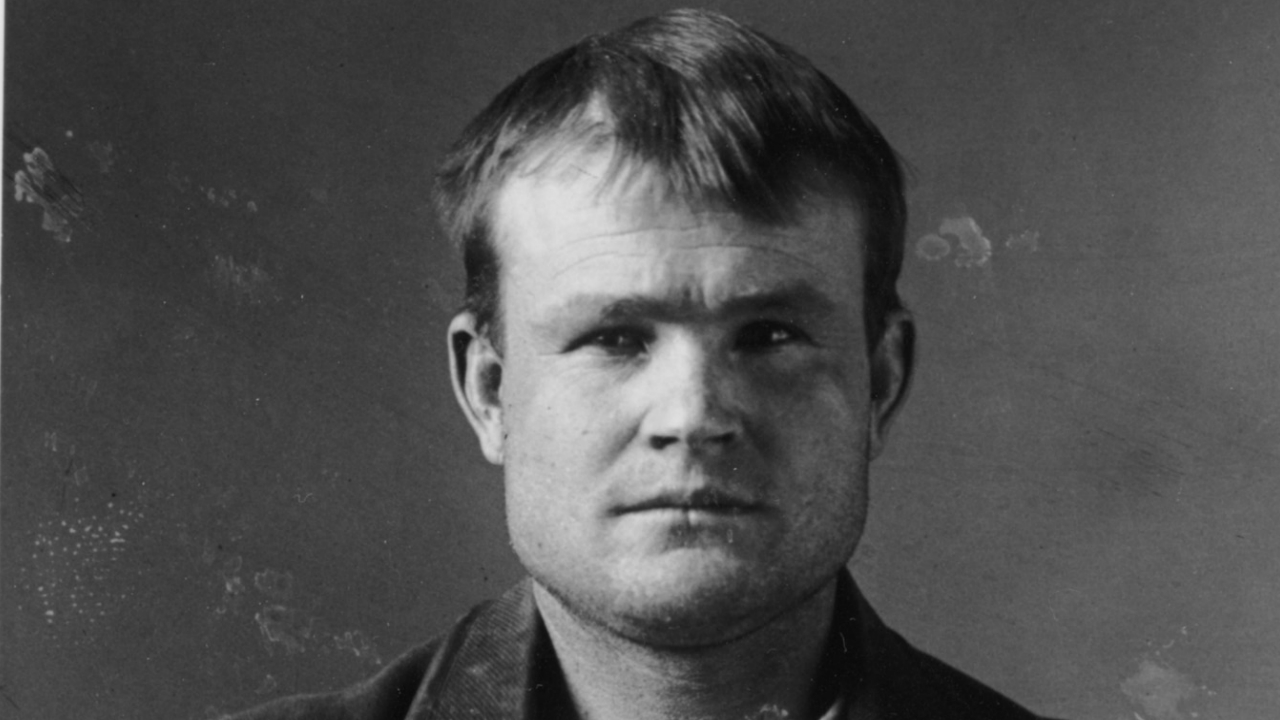
If there was a patron saint of outlaws, Butch Cassidy would be it. The bank and train robber extraordinaire is almost definitely the most famous chap on this list, and for good reason. Cassidy himself (real name Robert Leroy Parker) started off as a cowboy before stealing today’s equivalent of half a million dollars from a train in 1889 and buying a ranch near the Hole-in-the-Wall hideout he began to frequent. Soon he formed a gang called the Wild Bunch - and yes, that might sound like a Ke$ha song in the making, but they were actually the most successful train robbers in history.
Heists soon become commonplace for the outlaw, but with his fame came an unpleasant amount of attention from the authorities, forcing Cassidy to flee to South America...where he continued to steal. Some people just don’t learn. Rumours abound that he didn’t actually die in a Bolivian shootout after being given away by a mule (yes, really) in 1908 as everyone says he did, with some claiming he returned to Nevada to work as a rancher.
The Dalton Gang
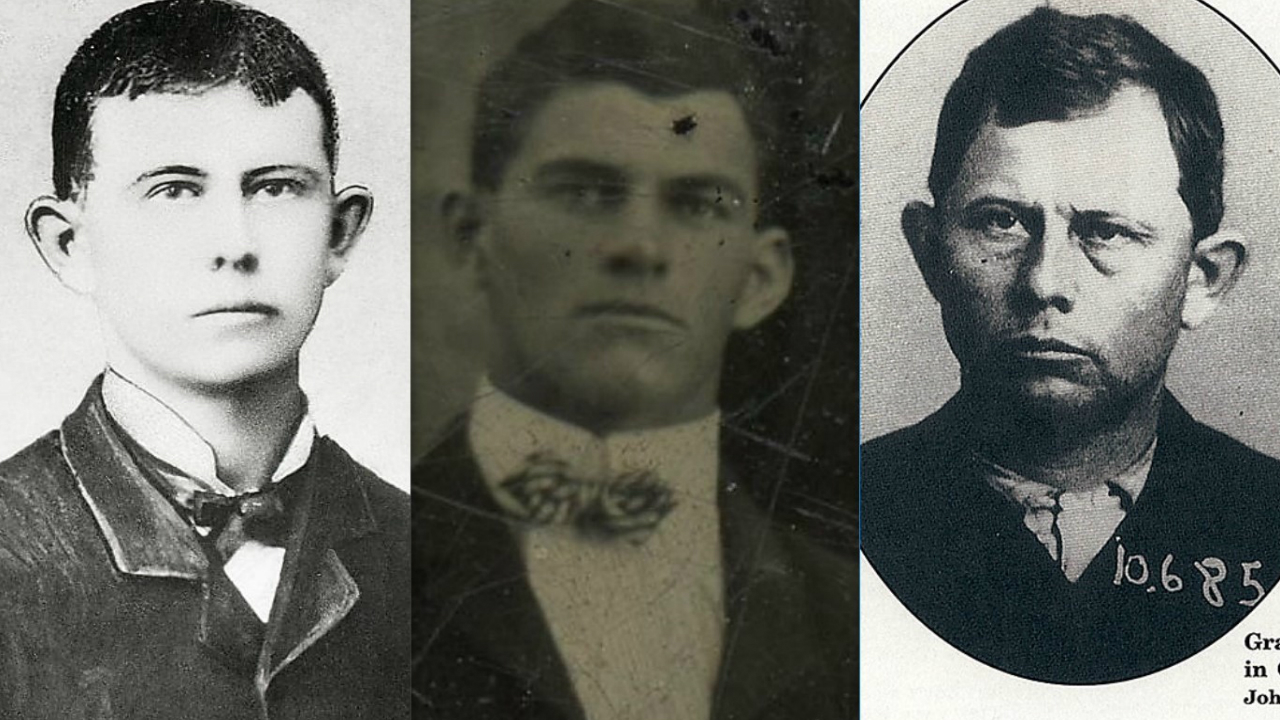
Recognise the name? You should, if you’ve been paying attention to the Red Dead Redemption 2 trailer - it’s plastered on the side of a store that sells guns, guns, and more guns. It’s probably a reference to the real-life Dalton Gang, who started off as lawmen. But after they didn’t get paid in 1890, they decided to hand in their resignation notice in the most dramatic fashion possible by becoming outlaws. From then on Grat, Bob, Emmett Dalton (above), and their various associates robbed gambling houses, trains, stole horses, and killed any guards who stood in their way.
Sign up to the GamesRadar+ Newsletter
Weekly digests, tales from the communities you love, and more
As the defacto leader of the group Bob Dalton was the definition of go big or go home when he proclaimed in 1892 that he would "beat anything Jesse James ever did—rob two banks at once, in broad daylight”. The gang failed when the townspeople recognised them underneath the fake beards they wore. Could you facepalm any harder? Thanks to these poor disguises both Grat and Bob died, and the youngest brother Emmett was imprisoned. Get used to this type of ending - outlaws in the Wild West rarely get even a glimpse of their twilight years.
Read more: "Make her playable": Check out these Red Dead Redemption 2 trailer reactions
The Sundance Kid
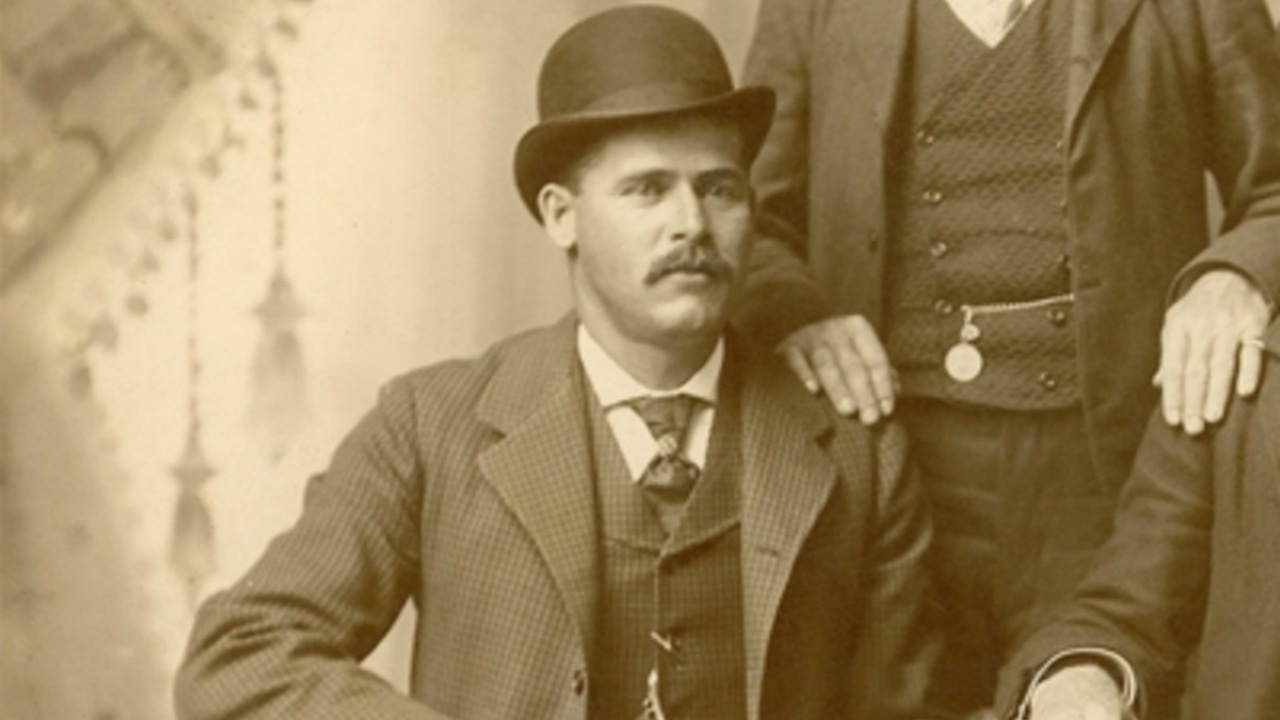
You can bet that if you ever caught a glimpse of Butch Cassidy, chances are that Harry Alonzo Longabaugh (a.k.a. the Sundance Kid) would have been right beside him. After he stole a horse and saddle in Sundance, Wyoming in 1887, it sounds like took a liking to the town’s name as he styled himself ‘the Sundance Kid’ - but the fellow was surprisingly non-violent. Despite being part of The Wild Bunch, Longabaugh’s not known to have killed anyone up until the Bolivia shootout he and Butch were caught up in.
However, that doesn’t mean he didn’t wound anybody - known as the fastest gunslinger in the gang, his skills with bullets were legendary. As Longabaugh fame grew alongside that of the Wild Bunch, the American public grew ravenous for stories of the outlaws, but Sundance couldn’t stand the attention for long. He fled with Butch to Argentina before continuing to Bolivia, where he’s believed to have been killed in the 1908 shoot-out. But like Butch, some people say he made it to Utah and married a widow with six kids...and according to their stories, was kept (very) busy by them until his death in 1936.
Laura Bullion
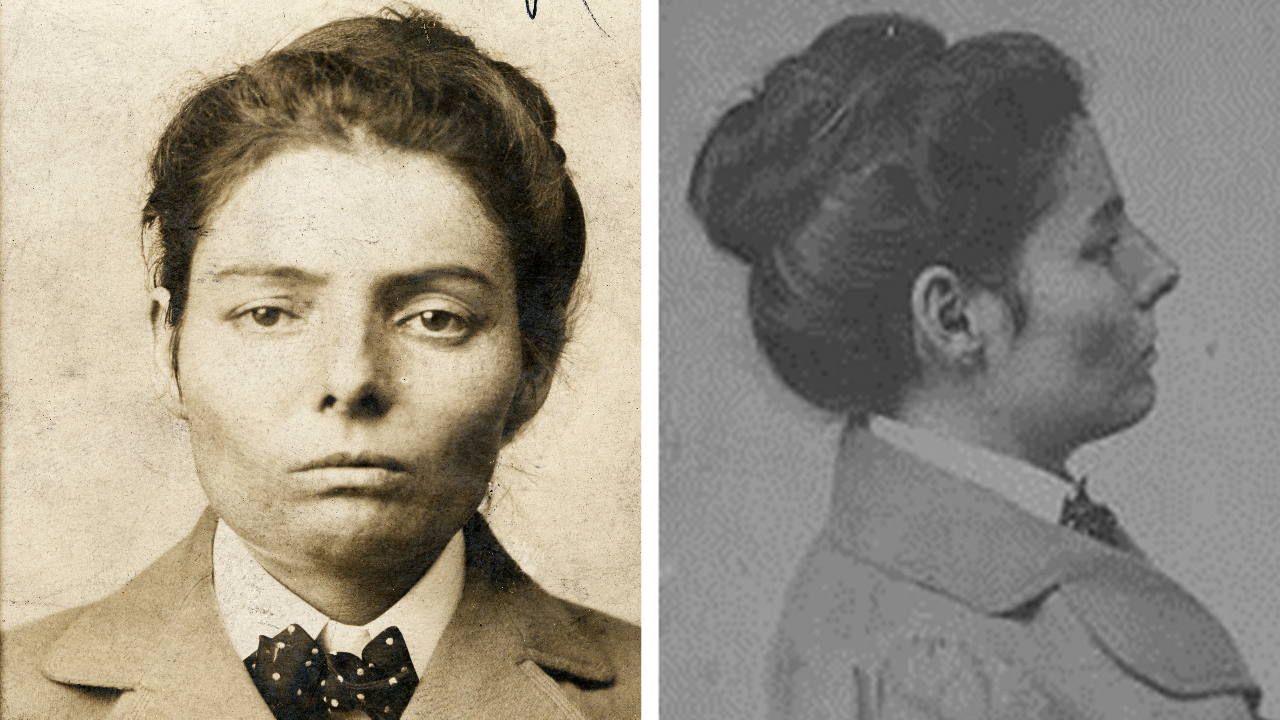
Think the Wild West was a man’s world? Think again. Laura Bullion was a half Native American, half German daughter of an outlaw, and seemed destined to follow in her father’s footsteps. She was called ‘The Rose of the Wild Bunch’ as she was a member of the famed gang of outlaws, and would disguise herself as a boy when they robbed trains. Bullion didn’t stop when Butch and Sundance fled the country either, instead helping two other outlaws plan a train heist on the Great Northern Railway in 1901, which ended in them stealing the equivalent of about $2.2 million in today’s money. Even the Montana Chief of Detectives admitted that he "wouldn’t think helping to hold up a train was too much for her. She is cool, shows absolutely no fear”.
No wonder then that when they were caught Bullion acted dumb, feigning ignorance and speaking simply when really her letters prove her to be an intelligent, capable writer. She knew how to play lawmen and the courts. It was her brains that probably meant she survived many years robbing from Montana to Tennessee, as unlike her unluckier comrades, Bullion was able to safely abandon her life of crime and made the somewhat unexpected decision to become an interior designer in Memphis, where she died in 1961.
Billy the Kid
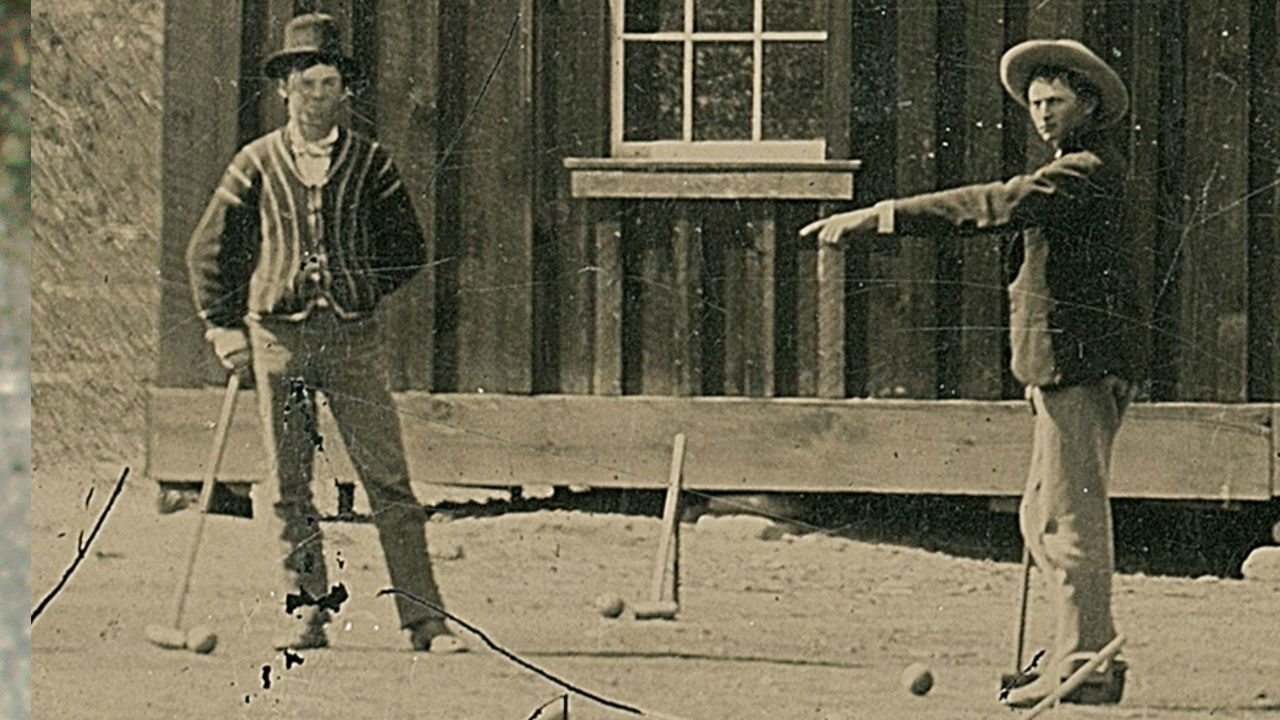
No, he didn’t kill one man for every year of his life (which is 21, by the way). Billy the Kid (on the left above) didn’t even rob trains or banks - he was mainly involved in cattle-rustling and one incredibly large feud between two gangs that became known as the 1878 Lincoln County War. After this especially bloody episode Billy made it out alive, but shortly afterwards was named as one of the killers of a bookkeeper - yet when the two other accused of the crime had their indictments erased, Billy’s was left standing. Evidently he wasn’t particularly popular. Things didn’t calm down for him, as ‘the Kid’ was forced to witness to a murder and (understandably desperate for some peace) offered his testimony in exchange for amnesty from the law. He was ‘caught’, jailed, gave his testimony, but after 6 weeks didn’t receive the agreed-upon amnesty...so he escaped.
Acting on the presumption that most were untrustworthy after this, in 1880 Billy went up to a drunk in a tavern and asked to see his pistol. Noticing that it only had three bullets, he spun the cylinder so the hammer would fall on an empty space - which I’m bet he’s glad he did, as the same man tried to shoot him later in the evening. He failed. Billy shot him back. Billy did not fail. A year later the Kid met his end in a shootout in New Mexico, but the usual rumours flew around that he wasn’t really dead.
Jesse James
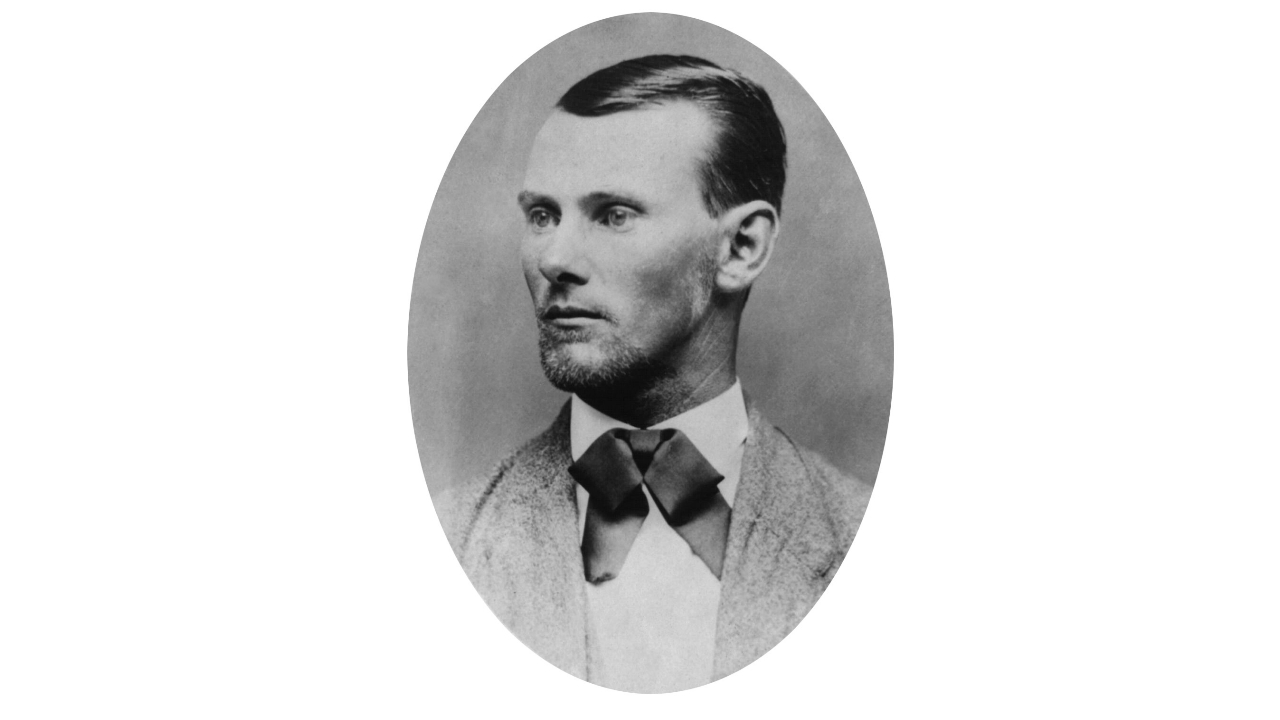
Those with a bit of romanticism pumping through their veins might think that Jesse James was the Wild West Robin Hood, stealing from the rich and giving to the poor. They’d be wrong. Though he was undoubtedly as famous as the fictional, lovable rogue, James wasn’t nearly as well-intentioned. After fighting for the Confederates in the Civil War, while robbing a Savings Association in 1869 he shot a cashier when he mistook him for the man who had killed the guerrilla leader James had served under during the war. His name made local headlines, and loved every second of it.
As part of the James-Younger Gang he carried out robberies of fairs, banks, and stagecoaches, and somewhat unbelievably was known for hamming up his crimes for bystanders who stood and watched open-mouthed as they went on. At a later train robbery the gang only took cash from the safe in the baggage car rather than robbing passengers - hence the Robin Hood comparison - but James never shared any of the proceeds outside of the gang. Come on, what did you expect? Rather dramatically, years later James was betrayed by his friends the Ford Brothers and was shot dead by them in James’ family home in 1882. RIP.
Read more: Make the wait for Red Dead Redemption 2 slightly more bearable by streaming the original for free
Pearl Hart
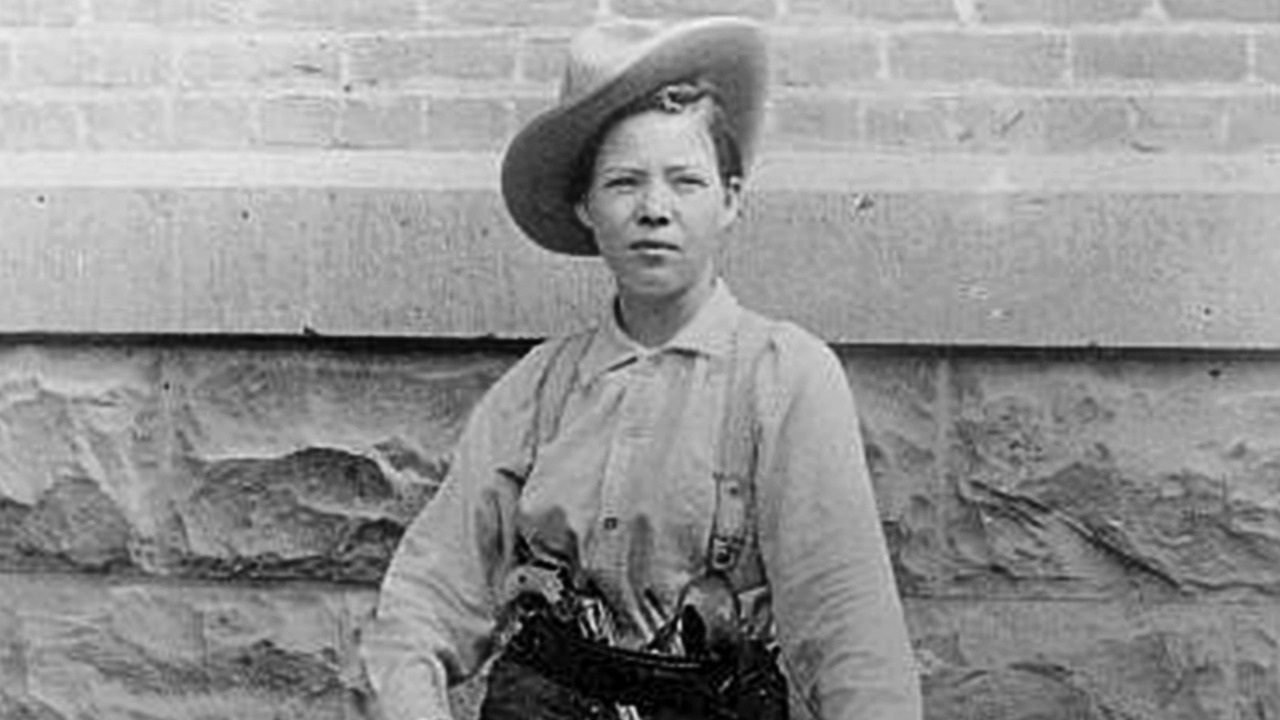
It was the glitter of gold that drew 27-year-old Pearl Hart to Arizona in 1898, when she and an acquaintance called Joe Boot (almost definitely not his real name) investigated an old mining claim Boot had. It was useless. So, they did what anyone else would do in that situation - they turned to stagecoach robbery. Such crimes were so old-fashioned by 1899 that the private guards that used to keep watch over trains and stagecoaches were long gone, so it was remarkably easy. Hart cut her hair short, but even though the robbery was a success she and her accomplice were caught.
Upon hearing a woman had robbed a coach, the national media went beserk and she was lavished with gifts from locals (including a bobcat cub, aww) and newspaper coverage. Evidently Hart wasn’t equally enamoured, as she escaped from jail. When she was caught (again), her impassioned speech to the jury that she needed the money to visit her sick mother was believed. Sounds about as believable as the Nigerian prince scam, right? Well, somehow the jury deemed she was not guilty, to the judge’s astonishment. After later shenanigans, Hart was eventually imprisoned, but got a cushy cell so she could entertain reporters and pose for photographs. She died in 1955, long after her release from her last stint in jail.
Clay Allison
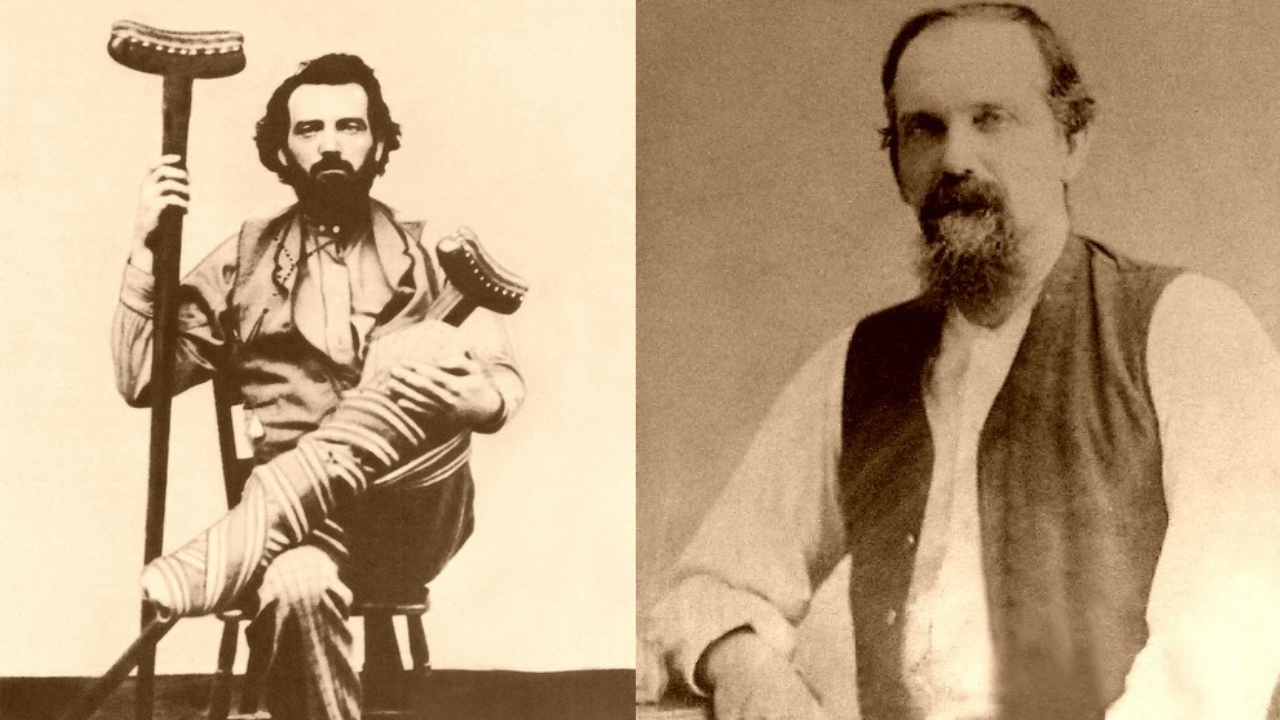
You honestly just couldn’t make up some of the stuff this chap came out with. After fighting for the confederacy in the 1860s, Clay Allison returned home and promptly killed a soldier who broke his mother’s vase. No wonder that soon afterwards he and his family moved west to New Mexico. While living in Elizabethtown, the disappearance of Allison’s daughter was linked to a jailed man. Jail didn’t stop Allison. He broke in with a mob, hung the man, and then found out that when the guy’s house was searched his daughter’s body was found there. Allison did what any grieving father would do and cut off the dead man’s head, carried it in a sack and jammed it on a pole in front of a tavern. Grim.
Fond of an adrenaline rush by the sounds of it, Allison accepted an invitation to dinner from a man called Colbert, whose uncle he had beaten up years earlier. Colbert tried to shoot him during their meal, but the gun hit the table, giving Allison time to shoot Colbert in the head. When he was asked why agreed to go to dinner with him, Allison said “I didn't want to send a man to hell on an empty stomach”. Mic drop. Allison died not in a shootout or even by any violent means at all: his neck was broken when he accidentally fell under a wagon wheel. Thankfully, the temperamental outlaw stayed dead.
While here at GamesRadar, Zoe was a features writer and video presenter for us. She's since flown the coop and gone on to work at Eurogamer where she's a video producer, and also runs her own Twitch and YouTube channels. She specialises in huge open-world games, true crime, and lore deep-dives.



